In business, it’s tempting to chase fast wins, big sales or short-term profits. But real strength comes from small, repeated actions over time. One of the most effective ways to build lasting wealth, both personal and business, is through compounding.
It’s not about luck or timing. It’s about staying consistent, reinvesting wisely, and giving it time. Whether it’s managing cash flow, growing client value, or building investments, compounding helps. We’ll look at why compounding works, how to apply it in your business, and what habits will help you benefit from it year after year. Why Compounding Is So Powerful Compounding is the process where your returns start generating their own returns. In simple terms, it’s growth on top of growth. Here’s how it works – when you earn profit or interest, whether from savings, business investments, or reinvested profits, you can either take it out or reinvest it. When you reinvest, the next round of returns builds on the total amount, not just the original. Over time, this creates an upward curve in growth. It doesn’t look exciting at first, but the long-term impact is massive. But there’s one key condition – compounding works best when you give it time. The longer you leave your gains to build, the more powerful the effect becomes. The Impact Of Starting Early Here’s a simple example to understand it better. Imagine two business owners, Sarah and Tom. Sarah starts saving and investing $1,000 a month from age 30 to 40, then stops contributing but leaves her money untouched. Tom starts later, at age 40, and invests $1,000 a month for 20 years. By age 60, Sarah who only contributed for 10 years, has more money than Tom. Why? Because her money had a 10-year head start. That time allowed compounding to do its job. The earlier you reinvest your profits, the earlier you improve your systems, the earlier you retain customers the sooner you get results that build on themselves. Why Business Owners Should Care Compounding applies to more than just savings accounts or stock markets. It’s everywhere in business if you know where to look.
- Reinvesting in your team builds capability over time
- Investing in customer relationships increases retention and referrals
- Improving systems slowly and consistently builds efficiency
- Maintaining regular marketing compounds brand recognition and leads
When business owners commit to these actions consistently, they see long-term returns that far outweigh the short-term cost or effort. What Gets In The Way Of Compounding Despite how effective it is, many business owners miss out on compounding. Here’s why It feels too slow – The early gains don’t look like much. But like a snowball, it picks up size with time. They stop too soon – Pulling profits out too early, giving up on strategies before they pay off, or chasing shiny new ideas interrupts the process. They underestimate small wins – But it’s the small, consistent wins that form the foundation of long-term growth. Compounding doesn’t reward urgency. It rewards consistency. How To Use Compounding In Your Business Here are some habits that help business owners make compounding work for them.
- Automate Your Financial Habits Automate transfers to savings, investments, or reinvestment accounts. Set it and forget it, until you check the results years later.
- Reinvest with Intention Allocate a percentage of your profit each month toward growth, this could include better software, training your team, or new customer experiences.
- Avoid Interruptions Stick with your plan. Don’t cut the marketing budget too soon or change the strategy every quarter. Compound returns need time to build.
- Track Your Progress Use a dashboard to see how small actions are growing. Whether it’s revenue, repeat customers or profit margin, visibility keeps you committed.
- Think Long TermDon’t let short-term pressure lead to poor long-term decisions. The growth that lasts comes from steady, focused effort, not overnight wins.
Consistent Effort, Long-Term Reward In business, most results don’t come from a single big decision. They come from small ones, made repeatedly and improved over time. That’s compounding. It demands patience and discipline. Thank you for being part of our Business Life community. If there’s a topic you’d like us to cover in a future edition, feel free to reach out. We’re here to support your growth. Live with purpose, Kristian Livolsi and the Business Growth Mindset Team

